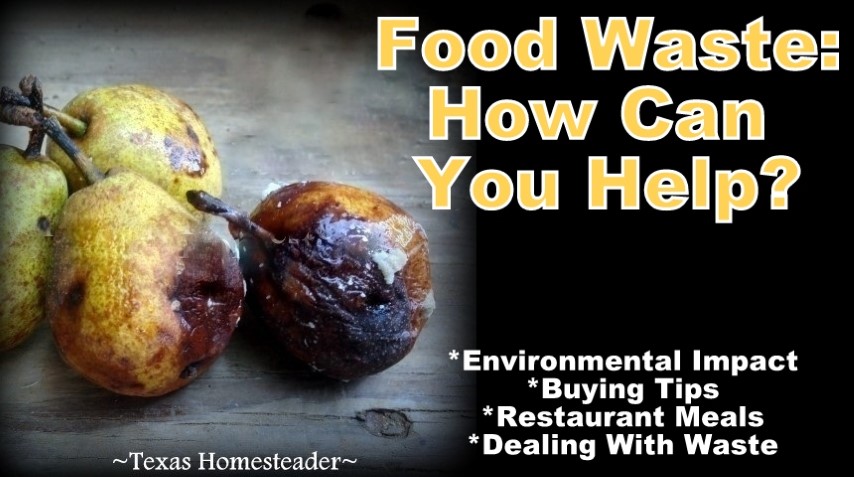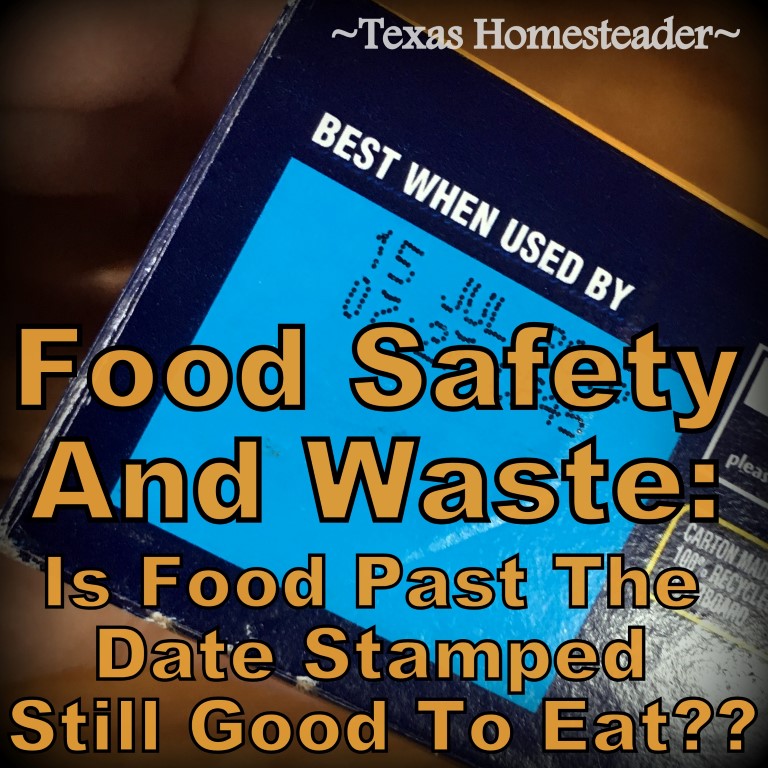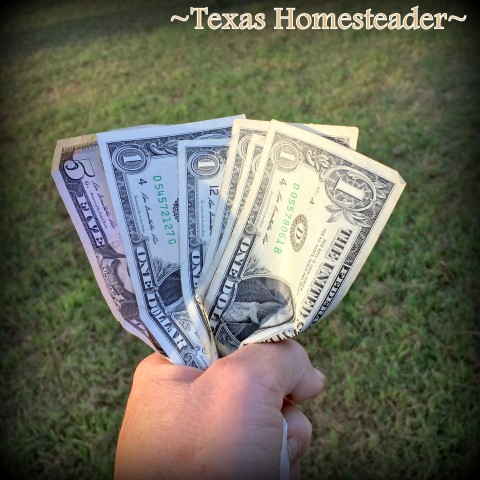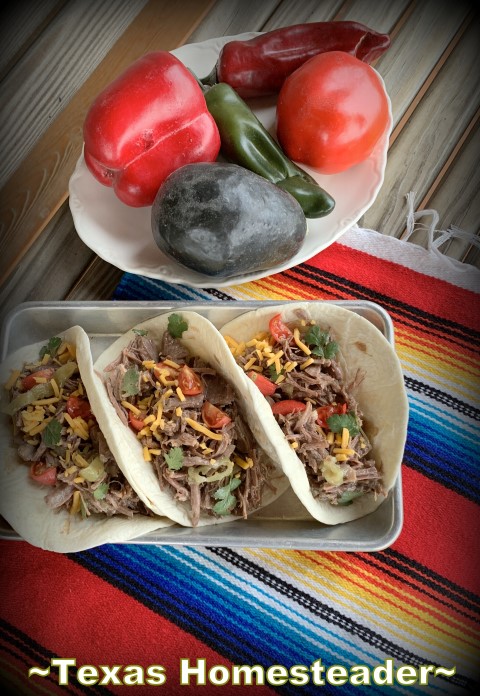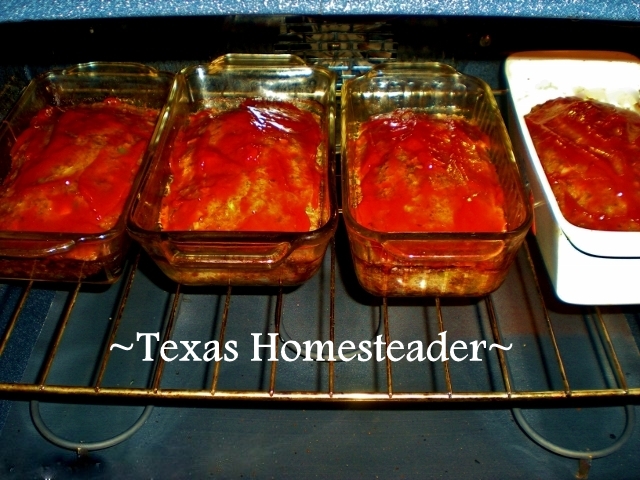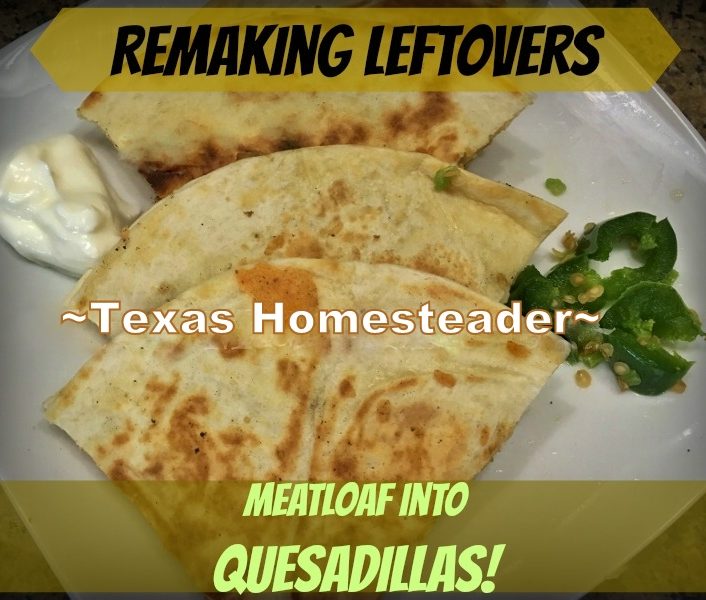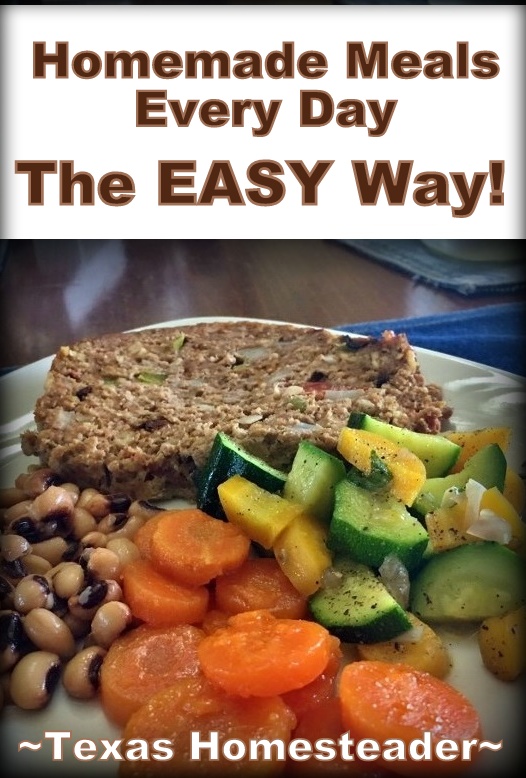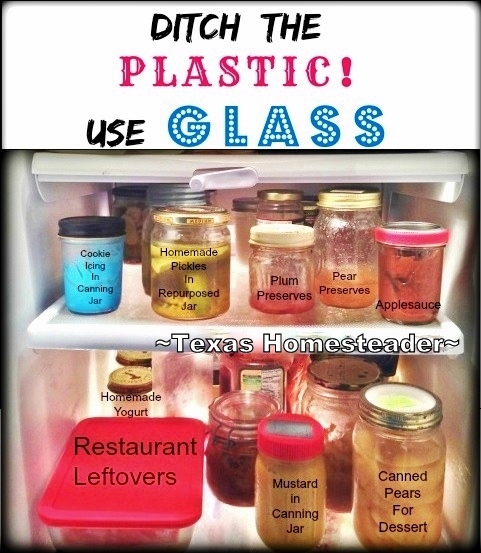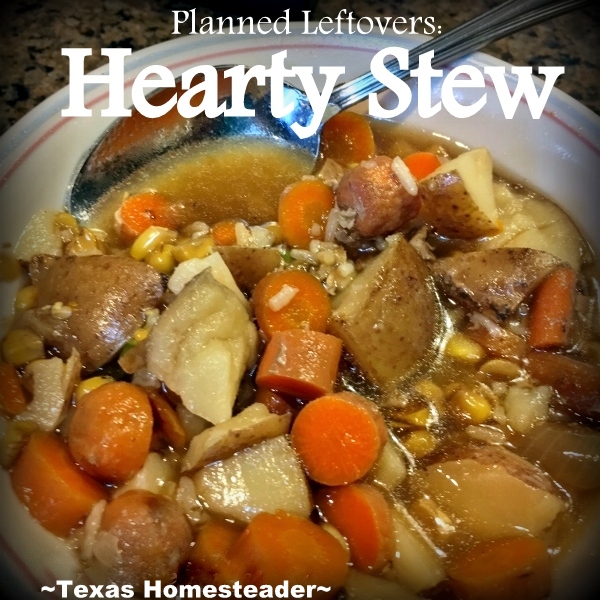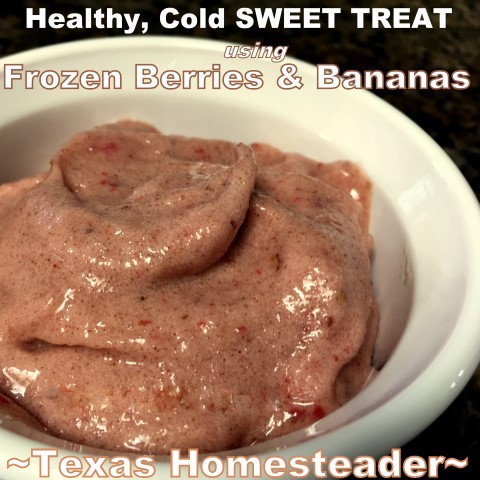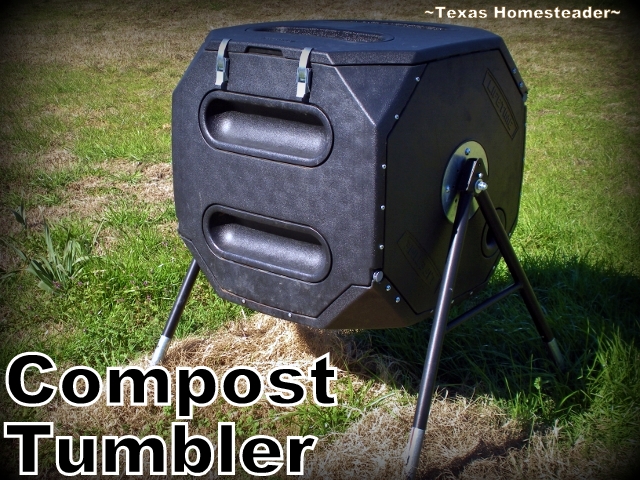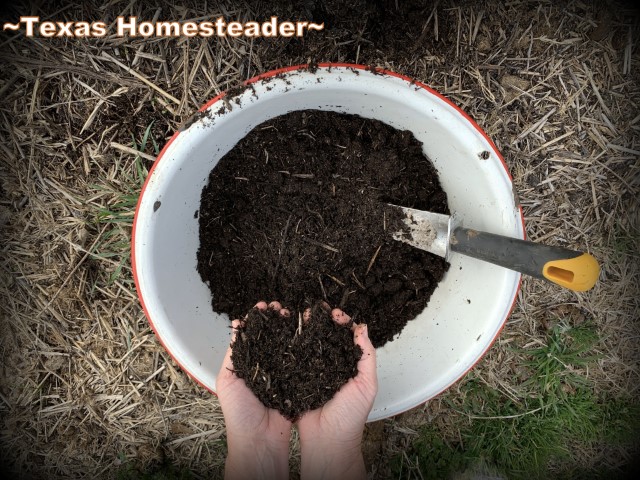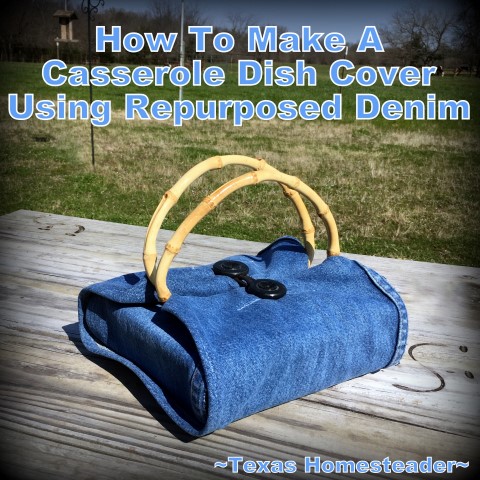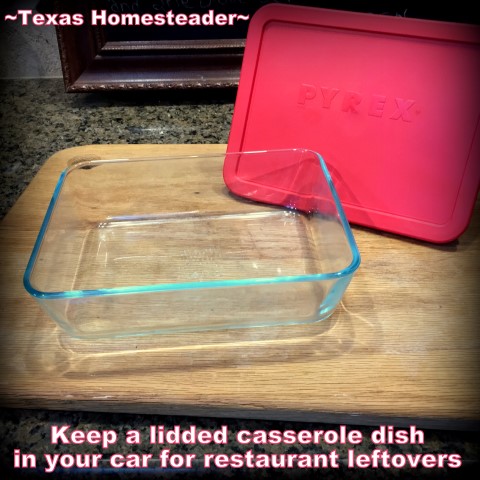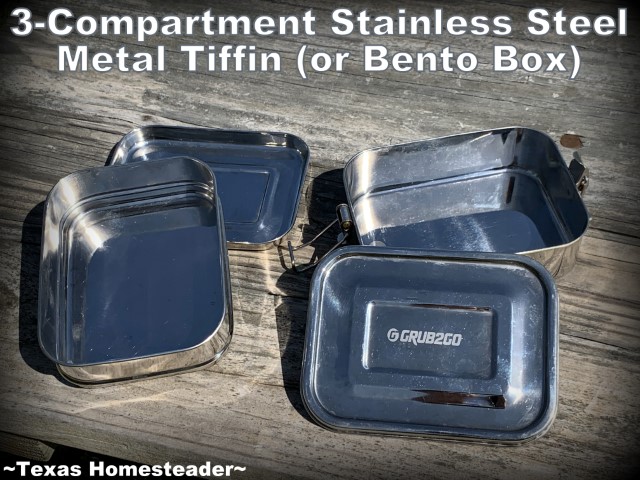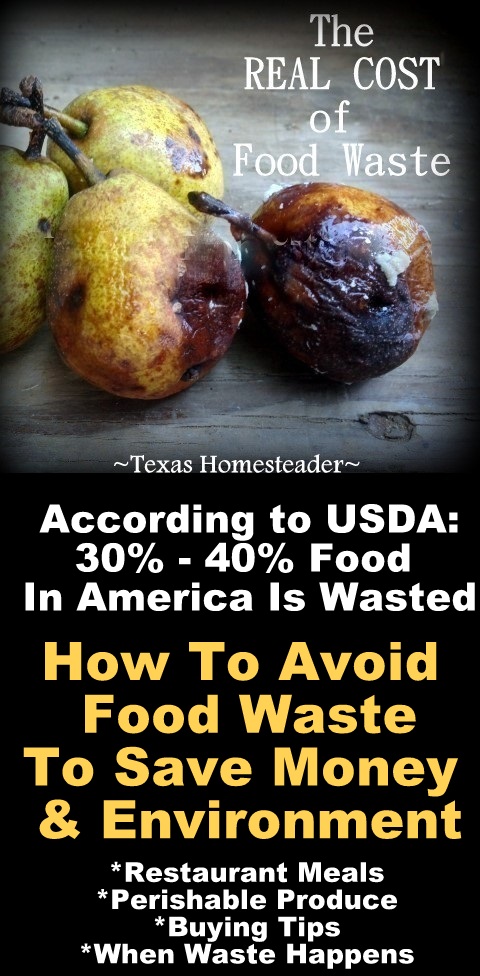by Texas Homesteader ~
Believe it or not, a shocking 30% – 40% of food in the United States is wasted! But it’s easy to reduce food waste and save some money in the process. Come see my simple tips.
(Note: Some links in this post will take you to other related articles for further information. But links preceded with * are affiliate links. If you click and buy something I could receive a tiny commission.)
How Much Food Is Wasted In America?
When you think about food waste do you think about that small uneaten bit you scraped off the kids’ plates last night? Well it’s true that’s part of food waste. But it’s far more reaching than that.
Want to know a shocking statistic? According to the USDA, in the United States alone 30% to 40% of our food is wasted.
WHAT??! That’s crazy, how can that be??
How Does Food Waste Happen?
There are many ways edible food is wasted every day:
Produce In The Fields – Harvest machinery limitations, imperfect produce rejected by retailers, etc.
Food Transportation – waste between farm & store.
Food In The Store – unsold produce, leftover meat markdowns, etc.
Uneaten Food On Family Plates – Half-eaten apple your toddler didn’t finish, family’s plate scrapings, etc.
Food In Refrigerators That Go Past Prime – Limp celery, spoiled milk or forgotten leftovers.
Large Restaurant Serving Waste – Over-sized servings, etc.
Plus fertilizer and water to grow the crop & fuel for machinery to harvest or trucks to transport food that is ultimately never consumed is wasted.
PLUS – wasted food destined for the landfill is bad for the environment. According to USDA, food waste is the largest component of landfill waste. All that rotting food creates a shocking amount of greenhouse gasses.
You may wonder how you can help with food waste?
Understand Food Package Dates To Reduce Food Waste
One of the biggest ways to reduce food waste is to understand the dates on that package of food.
Use by.
Sell by.
Best by.
What does it all mean??
When I was a young adult I thought it meant after that date the food was actually expired. That consuming it could make my family sick.
But according to U.S.D.A. about Food Dates, those dates aren’t put there by the government, but by the manufacturers themselves.
That’s because “Except for infant formula, dates are not an indicator of the product’s safety and are not required by Federal law.”
There are of course things to look for to assure the food you’re serving your family is safe & healthy regardless of the date on the package. I encourage you to read my post about Decoding Food Date Labels to learn more!
Buy Food In Reasonable Quantities To Reduce Waste
You’re standing in the store eyeballing two bags of potatoes. There’s a small bag at a reasonable price, but another bag twice as large for much less per pound.
It’s hard not to grab the bigger bag for the better value it offers. And sometimes it makes sense.
But if your family can’t go through that larger bag before those potatoes go bad, you’re really only spending more money to toss the extras in the trash. That’s not a better deal at all!
So before you make that purchase consider your family’s eating habits and purchase the amount of food they’ll eat while it’s fresh.
But after you’ve carefully considered your family’s eating habits and mindfully made your food purchases, how do you make sure all the food you buy is consumed?
How Do ‘Planned Leftovers’ Eliminate Food Waste?
I utilize something called ‘Planned Leftovers’ where I purposely cook a lot of a main ingredient at one time. I’m actually PLANNING to have leftovers!
I may cook a large roast knowing it’s way more than RancherMan & I can eat at one sitting. But there’s a plan for those leftovers. I’ll turn them into different meals in the coming days:
Quickly Shred Leftover Roast for Pulled Pork BBQ sandwiches
Leftover roast for Pulled Pork Enchiladas
Carnitas Tacos with leftover roast
See what I mean? Completely different meals that come together quickly because the main ingredient – the meat – is already cooked.
And who doesn’t love a delicious meal on the table fast?
I do the same with Homemade Meatloaf. Instead of baking a single meatloaf I cram three or four meatloaves into the oven at one time.
That means I’m pulling out spices only once, measuring ingredients only once and firing up the oven only once. But several meals are being cooked at the same time.
We’ll enjoy that meatloaf supper of course. The next night I may crumble leftover meatloaf to make Quick Quesadillas or use some as the meat ingredient in spaghetti.
Properly Storing Leftover Food
Once you’ve spent your hard-earned money plus your time and efforts cooking food for your family, make sure it’s all enjoyed.
I hate food waste in my Homestead kitchen. So I take several steps to assure all the food we have is fully utilized.
Freeze Leftovers To Eliminate Food Waste
I section leftovers into meal-sized portions & freeze them for heat-n-eat homemade meals later.
This is a huge way I’m able to easily make Homemade Meals Daily, y’all. #WorkSmarterNotHarder
How To Freeze Leftovers
I repurpose smaller plastic bags that might come with the purchase of dry beans, rice or tortillas to section mealtime portions. Then I place each of the bagged portions together in a heavy repurposed zippered freezer bag.
I slide a paper label inside the freezer bag to identify the contents.
That way I can glance in my freezer the night before and decide what will be served for supper the following night. Then I’ll place that meal-sized frozen portion in the refrigerator to thaw overnight.
Tomorrow’s supper will be heat-n-eat simple. Perfect for those super busy days.
Why Use Glass For Food Storage In The Refrigerator?
What about smaller leftovers like half an onion or a handful of leftover green beans?
I’m careful how I store the leftovers to make sure they can be easily seen. That’s been huge in reducing our food waste.
I repurpose glass jars to store leftovers. You can write the contents directly on the glass with a permanent marker (it scrubs off easily with a sprinkle of baking soda when empty)
I don’t have to deal with stained plastic or a drawer full of mis-matched lids, and the ‘footprint’ of the food storage jar in my refrigerator is smaller.
That means my refrigerator doesn’t appear so crammed like it would with hodgepodge plastic food containers. Food is more likely to be seen and enjoyed instead of forgotten and wasted.
How To Use Up Leftovers
To use up small bits of leftover vegetables I can incorporate them into meals the next day:
Added to Endless Soup for healthy lunches.
Chicken Fried Rice for a little extra bump in veggie goodness.
Hearty Homemade Stew
See what I mean? Nothing wasted – even the tiny bits!
I have lots of ways to make New Meals With Leftovers. I encourage you to read it for a little inspiration or click the button below to see ways I’m using up leftover food.
How To Use Overripe Bananas
Everyone knows those spotted bananas may not be as fun to eat as-is, but they can make a delicious Banana Nut Bread loaf.
I also purposely seek out and buy spotted bananas (often at a deep discount) to make a healthier Ice Cream Substitute – NICE CREAM!
You can offer this sweet treat to your children guilt free. It’s a healthy sweet cold treat!
And we all get double points against waste on this tip. Our purchase means the spotted bananas at the store weren’t discarded because they couldn’t be sold.
Plus we’ve saved a little money as well as further preserved those spotted bananas by freezing them. The peels are added to the composter.
And those overripe bananas are actually sweeter than their non-spotted counterparts. SCORE!
What To Do When Food Waste Happens
OK, no household is perfect. You’ve carefully purchased the food you felt your family would eat but then ‘life happens’.
An impromptu invite to a dinner party, a school function, or illness means you might not be cooking at home on nights you’d planned. Or maybe fresh produce spoiled much quicker than you thought.
And sometimes that bag of salad or leftover green beans just get pushed to the back of the refrigerator and forgotten until it’s not fit to eat.
That means the food you worked so hard to preserve has gone bad. It happens, y’all!
When food waste does happen at the Homestead I’m careful about how I dispose of it.
Whether peels and cores or produce we just couldn’t get to while it was fresh, any food waste goes right into my *Tumbling Composter.
Since I have an enclosed tumbler I’m pretty forgiving about what I throw in there. But most folks avoid adding meat, grease or dairy into their compost heaps.
I’ve written a Easy Guide To Composting and I encourage you to look it over.
By composting food waste, the unfortunate waste of food is turned into that Black Gold Compost to help my garden grow.
Restaurant Meal Waste
Do you often find much more food on that restaurant plate than you can eat? Yeah, me too.
You can get a take-out container to bring those leftovers home to enjoy. And I encourage you to bring them home – less food waste!
But years ago I pushed back at those Styrofoam containers restaurants use.
Not only is Styrofoam incredibly bad for the environment but those containers are flimsy. If you don’t hold them just right they’ll shift and spill your food.
So I put together a super-cute Denim Carrier from repurposed denim. I place my own take-out dish in it.
Having my own take-home container means I don’t feel the need to eat more than I want just so food won’t be ‘wasted’.
When I’ve eaten my fill I’ll bring the leftovers home and store it in my refrigerator. If I’ve used the glass dish I can even heat & eat the leftovers in the same dish, there’s no extra dishes to wash!
This way my leftover restaurant food hasn’t been wasted. I’ve just tackled food waste deliciously y’all! And since I’m enjoying food already paid for, my lunch this day is free.
Using A Lighter-Weight Metal Bento Box
Recently I’ve added a small metal divided box to my restaurant leftovers container options. It also fits in my homemade denim carrier.
I like it because although I can’t use it to heat my leftovers for lunch the next day, it’s much lighter and easy to carry.
And my *Bento Box (or some call them *Tiffins) has 3 separate stackable sections so I can separate restaurant leftovers.
I might place a leftover enchilada and rice or beans in the bottom section. Then a handful of leftover tortilla chips in the middle section and hot sauce or guacamole in the small top section.
Nothing wasted!
How Do You Plan To Reduce Food Waste?
So I’ve shared a few simple ways I’m able to reduce food waste at the Homestead.
But we can all learn from each other, y’all! What’s your favorite easy way for reduce food waste at YOUR hacienda?
~TxH~
This post categorized in 
Links In This Post:
- Decoding Food Date Labels
- Quickest Way To Shred Leftover Roast
- Easy Pulled Pork BBQ Sandwiches
- Pulled Pork Enchiladas Using Leftover Roast
- Leftover Roast Carnitas Tacos
- Planned Leftovers – Homemade Meatloaf Recipe
- Leftover Meatloaf For Quick Quesadillas
- Homemade Meals Daily The EASY Way!
- Ditch Plastic – Store Leftovers In Glass Jars
- Endless Soup For Healthy Lunches
- Leftover Chicken For Quick Chicken Fried Rice
- Homemade Stew From Leftover Roast
- Making New Meals Using With Leftovers
- Banana Nut Bread Made Healthier Using Applesauce
- Ice Cream Substitute Using Frozen Bananas
- *Tumbling Composter Makes Composting EASY!
- Properly Balanced Compost
- Easy Guide To Composting
- Repurposed Jeans Into Cute Denim Dish Carrier
- *Stainless Steel Bento Box
References:
- USDA food waste FAQ’s: https://www.usda.gov/foodwaste/faqs
- USDA Food Date Clarification: U.S.D.A. about Food Dates

